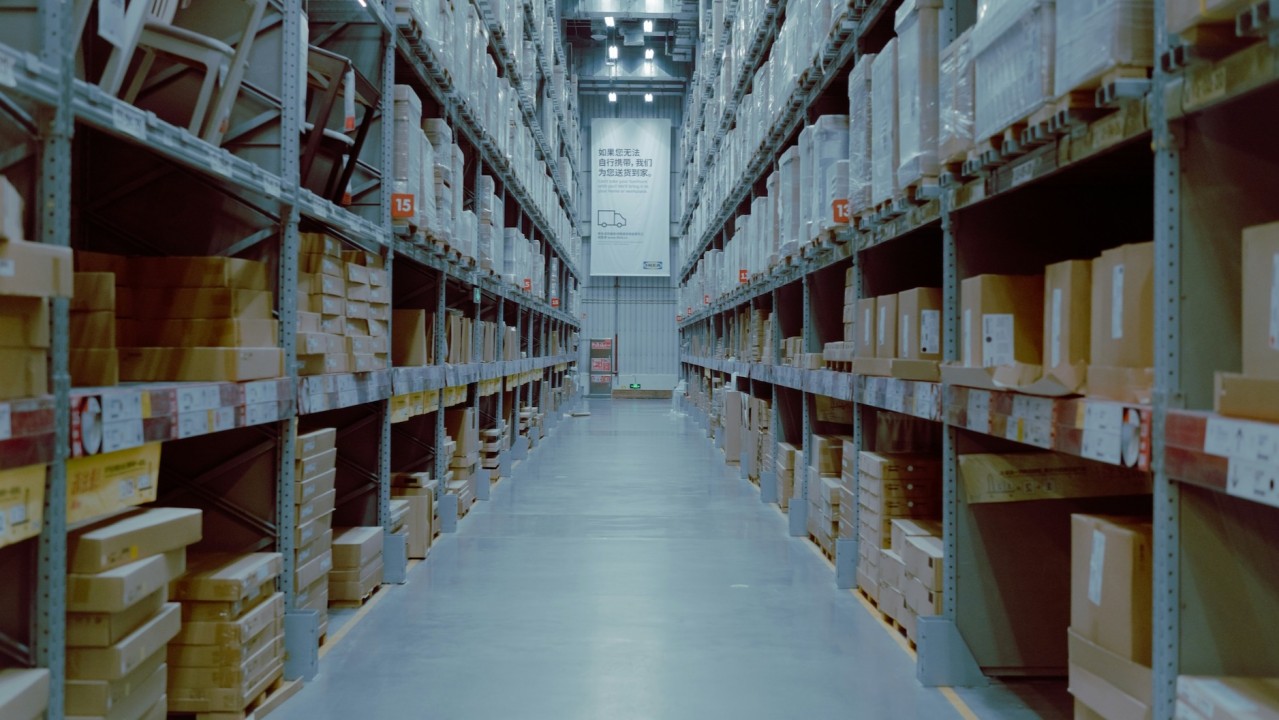Driverless trucks, drones, fully automated warehouses – these things were once the fantasies of science fiction. Now, however, the incorporation of these technologies into last mile logistics seems inevitable.
First of all, let’s take a look at last mile logistics; particularly, the “Last Mile Problem.”
What is Last Mile Logistics?
Last Mile Logistics is related to the “last mile” problem – dealing with the final leg of the delivery process. In particular, the movement of goods from a supplier to an end customers. The last mile tends to be the most difficult and least efficient link in the overall supply chain as it suffers from challenges including lack of visibility and all the issues that come with it.
How to Re-Imagine Last Mile Logistics
As I mentioned earlier, it’s time we accept the fact that what we once knew as science fiction will soon become fact. If businesses don’t eventually incorporate new technologies into their overall supply chains, as well as new strategies, then they risk becoming irrelevant in the new marketplace.
Re-imagining last mile logistics requires an open mind, but also having your finger on the pulse of what’s going on in logistics and supply chain management, as well as the tech environment as a whole.
As logistics and supply chain professionals, or operators of businesses that rely on such professionals, we need to be forward thinking. We need to look at three types of changes that will be coming down the pike, and how we plan to evolve accordingly.
Last Mile Logistics technology is probably the fastest moving and most crucial change that must be watched. We already see incremental technological changes within the supply chain such as route optimization, incentivized scheduling, real-time tracking, and more.
Additionally, providing visibility over the supply chain – for both dispatchers as well as customers – is a main driver of last mile logistics technology. We are already seeing things like SMS notifications/alerts, real-time tracking, direct communication between customer and driver. These are just a few of the technologies that are already changing the last mile logistics paradigm.
Re-imagining your entire supply chain is another key factor in staying relevant with the changes happening all around us. In this new reality, supply chains need to become more customer centric. Meaning, the power balance between business and consumer has shifted towards the latter. As a result, businesses need to put their customers at the center – this means moving businesses activities to the front office that were once in the back office, giving greater visibility over the delivery process to the end-customer, and providing them a means to give their opinion on the overall delivery experience.



